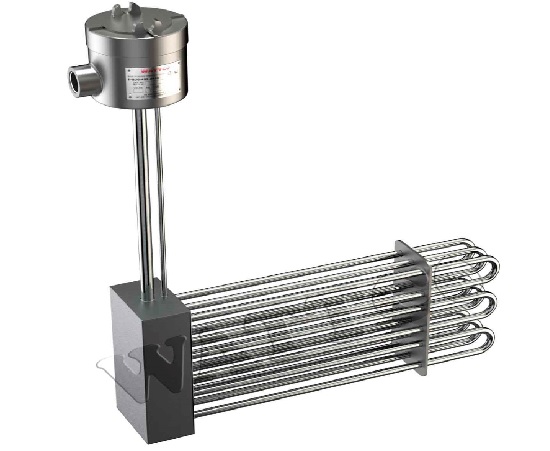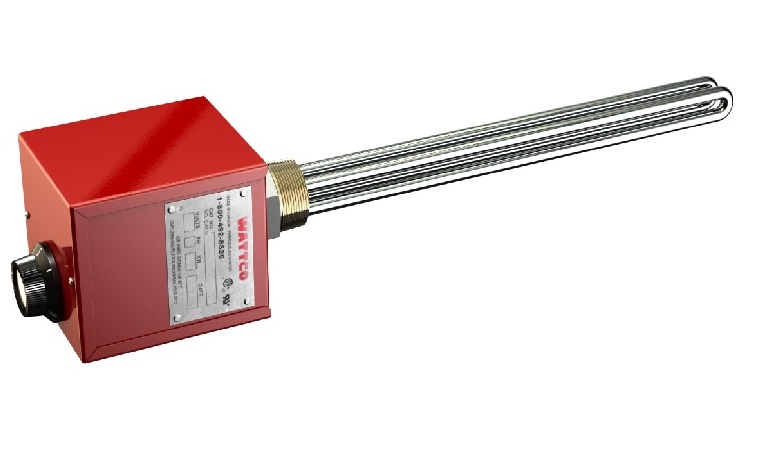Process Heaters Guide
Industries are involved in manufacturing and developing numerous products. So energy and heat requirement for each differs from that of other. Manufacturing process that involves hot air, steam and transference of heat via any viscous medium is carried out mostly by process heating mechanism. The device itself is called process heater. To ensure a safe, efficient and properly controlled environment within an industry, these heaters are widely used.
Process heaters are used to maintain heat within a liquid medium like water, oil and different chemicals along with stabilizing the gas. This process is carried out in a very careful way as a single glitch might result in drastic outcome.
Another name of these types of heaters is fired heaters. They can provide heat to any liquid or gas while it flows through the heating coil. It is applicable for heating vegetable oil, natural gas used for regenerative process, provides heat to fuel or gas for generating power. It’s positioned in a closed looped system specially designed to carry out the entire process without affecting the external environment.
There are many types of process heaters out of which that are most common and renowned are classified below.
Over The Side
 These over the side heaters are especially to keep oil, chemicals, gases and many viscous industrial substances at a stabilized temperature by providing just the right amount of heat. These are designed for such vehicles and tanks in which it is impossible to fix the heating device from the side of external wall. Hence, these are installed from the top opening and fixed over to the sidewall while the control box is kept outside.
These over the side heaters are especially to keep oil, chemicals, gases and many viscous industrial substances at a stabilized temperature by providing just the right amount of heat. These are designed for such vehicles and tanks in which it is impossible to fix the heating device from the side of external wall. Hence, these are installed from the top opening and fixed over to the sidewall while the control box is kept outside.
Terminal houses or wires are used as a medium for power supply connectors. Wide ranges of these heaters are available in market with a different material used in its manufacturing. You can easily find copper, stainless steel, casted iron, incoloy and titanium coated ones. Even the physical design for each also differs accordingly to the use and mounting technique.
When it comes to cleaning the tank and portability, over the side heaters are most preferred by many engineers and industrialists. Check out the image below to know what these actually looks like.
Screw Plug Heaters
As the name suggests, these heaters are screwed directly in a tank wall and that are either welded or connected through matching pipe couplings. Screw plug heaters are used to heat up industrial liquid substances and even prevent them from freezing in cold weather.
You can adjust the temperature via control mechanism that is just like a small box housing all the functions to make the heater function. You can immerse them in water and oil so it is viable for different production process.
Choosing the Right Process Heater for Industrial Use
Given below are five valuable tips, which will definitely help you to buy the right process heater without any hassle.
- There are many different industrial uses for each heater depending on the amount of power needed and the product that needs to be processed so you must choose accordingly. Before buying, you should ask some questions yourself like;
- Will it be operational 24/7 or have to be turned ON and OFF at various time?
- Where and how it will be installed?
- Which material is to be heated?
- How you want to circulate the heat?
- The surrounding environment also plays a vital role when selecting the process heaters. Industries can be located at areas that are under extreme temperatures like severe hot and cold, factors like pollution are also to be kept in mind.
- You must also decide whether manual or external control heaters are vital for you. In manual control, the dial to modify temperature settings is just located at the side of the tank whereas external ones are controlled from a separate room and are also known as closed looped system.
- Speed of heating process is the most important aspect that is determined prior buying the product. You should ask the seller about the time that the gadget would take to heat up a specific product.
- Finally, you must choose the device with an appropriate power supply. Common power supply voltages include 120V, 230V, 440V and 480V.
Process Bath Heaters
Process bath heater is slightly different from others as it is used to indirectly heat gases and liquid by immersing the coil into bath solution. There are three different types of process bath heaters.
- Water bath heater is just like a fire burner that has a tube shape, which is placed deep into the heating tank or vessel. It can provide heat up to 250 degrees Fahrenheit. Whereas water-glycol mixture is added into such liquids, which require low temperature.
- Salt bath heater works in exactly the same way as water bath. The only difference is that of the temperature as it can give out heat more than that of the latter.
- Weir bath heater is another type, which heats up the liquid using a fire tube and a barrier just at the end, which actually heats up when the contraption is powered up. Instead of directly heating up the liquid using the tube, the block or weir is used to circulate the heat within the entire tank.
A general image of what process bath heater actually looks like is provided below.
Advantages
Engineers and many industrialists consider process bath heaters as the best tool for carrying out the entire process. Some of the main advantages as considered are given below.
- The state of the art burner facility and control mechanism is equipped with the latest technology. So it is user-friendly and convenient.
- Besides electricity, these can also run on fuel. So you have the option to use any power source available to you at convenience.
- The fully automatic control system allows you to adjust the settings at the time of installation, saving time and effort.
- A wide variety of different coil configuration are available. So you can choose the one, which most fulfills your need.

